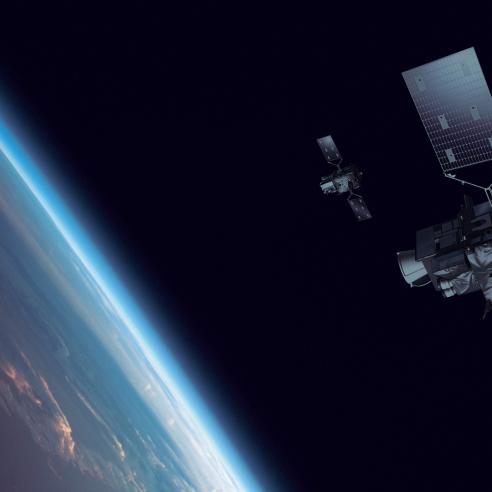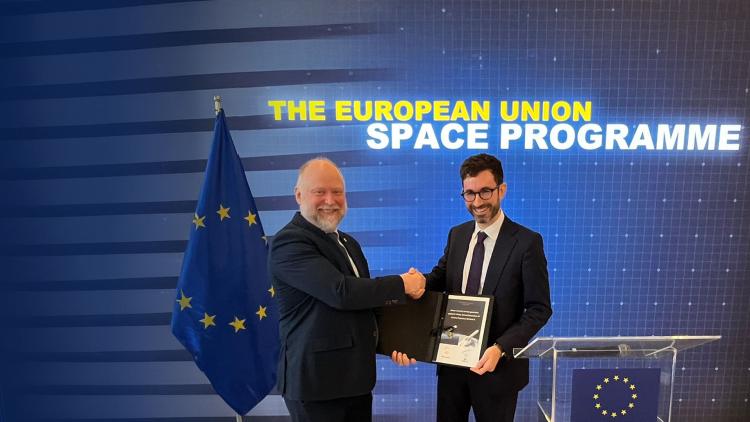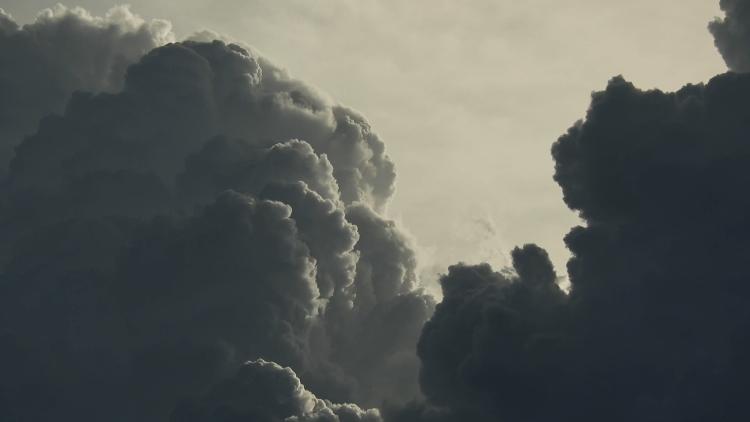25 August 2025
16 November 2022
Flexible Combined Imager
The Flexible Combined Imager (FCI) provides state-of-the-art observations of Europe and Africa for forecasting severe weather, and for near-real-time monitoring of our changing atmosphere, land surfaces and oceans. The FCI is essential for monitoring and forecasting severe weather events, such as storms. It will also provide more precise information about fog, volcanic ash, air mass characteristics, clouds and aerosols and will assist the detection and monitoring of fires.
The FCI on the MTG-Imager satellites will continue the very successful operation of the Spinning Enhanced Visible and Infrared Imager (SEVIRI) instrument on Meteosat Second Generation satellites. The requirements for the FCI satellite were formulated in collaboration with regional and global numerical weather prediction and nowcasting communities.
These requirements are reflected in the FCI’s design, which allows for scanning the full Earth disc every 10 minutes and the upper quarter of the disc, that is, Europe, every 2½ minutes. The FCI measures in 16 channels in the visible and infrared spectrum. It was built by Thales Alenia Space, the MTG prime contractor. Discover the first image sent by the FCI.
Lightning Imager
For the first time over Europe and Africa, MTG’s Lightning Imager provides data on the location and intensity of lightning flashes.
Data from the Lightning Imager will enable more precise forecasts of severe thunderstorms as these weather phenomena are often preceded by abrupt changes in lightning activity. The imager detects all types of lightning: cloud-to-cloud, cloud-to-ground and intra-cloud flashes, providing an advantage over ground-based lightning detection networks.
The Lightning Imager, built by Leonardo, continuously detects the light pulses produced by lightning flashes. The instrument has four cameras covering Europe, Africa, the Middle East and parts of South America. The cameras will continuously observe lightning activity from space and EUMETSAT will disseminate the data to weather services in its member states and beyond. Crucially, EUMETSAT will deliver the data to weather services in Africa and other regions where lightning detection capability with ground-based observations is limited.
The fields of view of the Lightning Imager’s four cameras cover 84%of the Earth disc. The cameras can capture 1,000 images per second, 24 hours a day, and can detect even a single lightning flash faster than the blink of an eye. The data is processed on board the MTG-I satellite.
The Lightning Imager is a new instrument and has no heritage from the Meteosat Second Generation series. Discover the first lightning detection from the Lightning Imager.
Data Collection and Retransmission Service and Geostationary Search and Rescue Relay Instrument
The MTG-I satellites carry a data collection system and a geostationary search and rescue relay transponder (GEOSAR).
The data collection system acquires through a UHF antenna the observations and environmental data from ground-based meteorological platforms in its field of view. These data are multiplexed with the optical mission data and transmitted to the MTG ground segment in Ka band.
The GEOSAR transponder acquires via UHF antenna the signals from beacons that are in its field of view, and relays these distress signals to rescue services.
Infrared Sounder
In a first for Europe, the Infrared Sounder will provide hyperspectral soundings of the atmosphere from geostationary orbit. It is set to revolutionise weather forecasting by tracking the three-dimensional structure of atmospheric water vapour and temperature. The Infrared Sounder instrument will detect instability in the atmosphere, before clouds have formed
The Infrared Sounder, developed by OHB, acquires a number of spectral soundings simultaneously over an area using a two-dimensional detector array. It uses a “step-and-stare” mechanism to probe the Earth´s atmosphere. The soundings will be produced every 30 minutes.
The spectral soundings are transmitted to the ground as interferograms and transformed to spectral channels as part of the ground processing, before dissemination to the end users of the data.
Copernicus Sentinel-4
Unlike other Copernicus missions, Copernicus Sentinel-4 is not a satellite but an instrument – the Ultraviolet, Visible and Near-Infrared Sounder – to be flown on the MTG sounder satellites.
The instrument, part of the European Union’s Copernicus programme, will be operated by EUMETSAT on the EU’s behalf and was built by OHB. It is designed to provide data about trace gases, such as ozone, nitrogen dioxide and sulphur dioxide, and aerosols (fine particles) in the atmosphere. It will used to monitor air quality over Europe and to protect the health of citizens.
Copernicus Sentinel-4 will produce its observations every 60 minutes. The mission will be carried out in synergy with EUMETSAT’s own missions and brings cost benefits to the European Union, for example, there is no cost to the European Commission for the launch of the satellite carrying the instrument.










